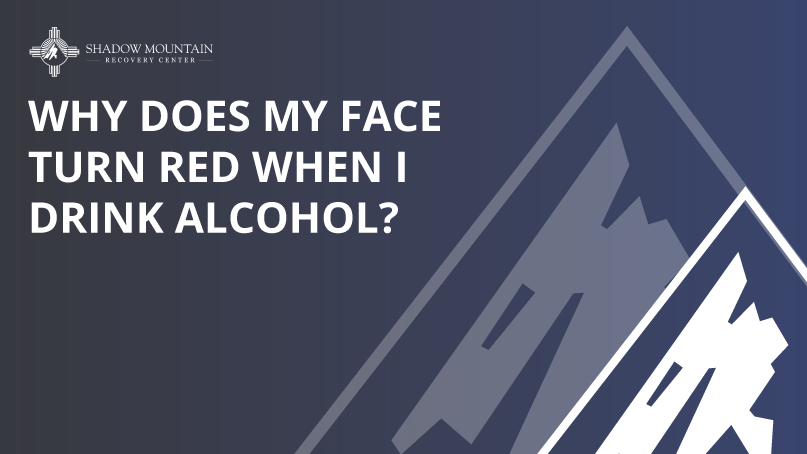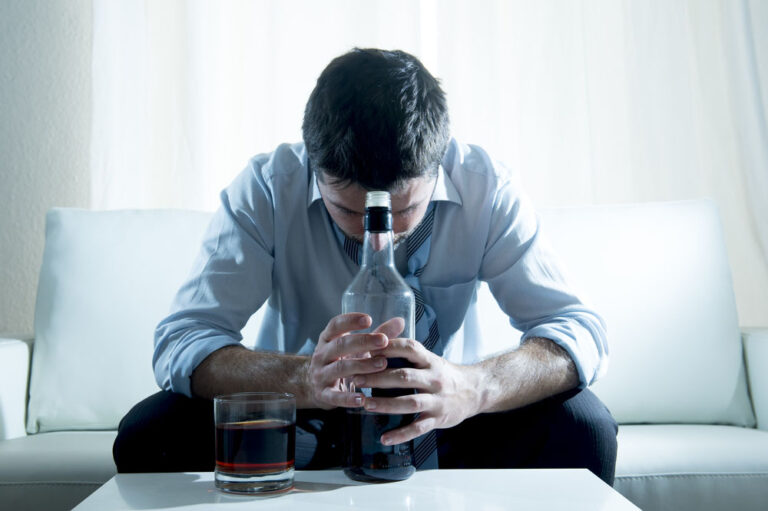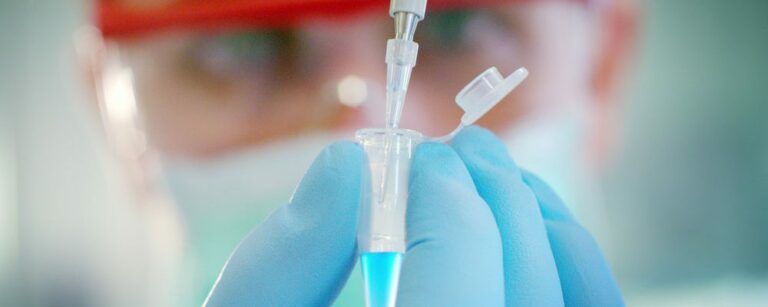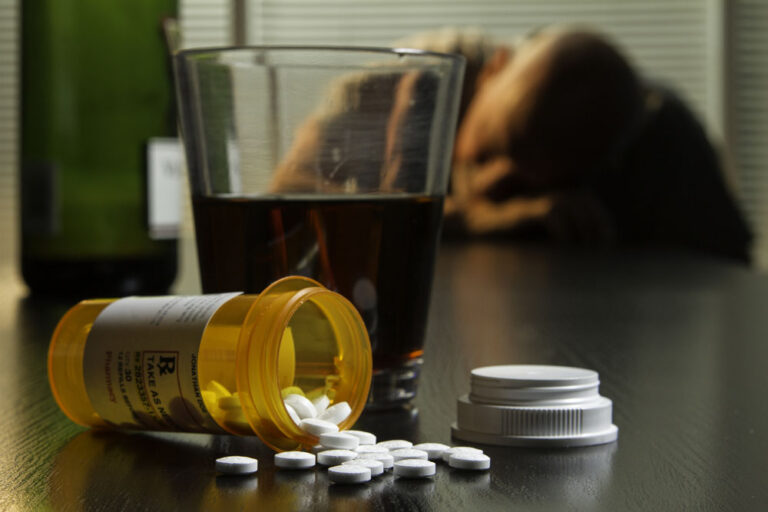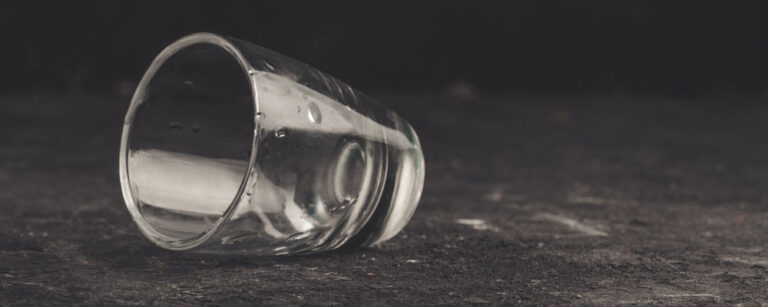Why Does My Face Turn Red When I Drink Alcohol
Certain people get a flushed face after drinking a few too many. Why is that, and why only certain people? Perhaps after a football game with one too many beers or after a brunch with bottomless mimosas, you look at yourself in the mirror and think, “Why does my face look red?”
We will explore the connection between alcohol use and facial redness, as well as some alcohol-related stats in New Mexico, and alcohol treatment available at Shadow Mountain Recovery.
Effects of Alcohol Consumption on the Whole Body
According to the National Institute on Alcohol Abuse and Alcoholism, drinking too much on one occasion or many occasions over time can have serious health consequences for the whole body.
There may be heart issues such as cardiomyopathy (stretching and drooping of heart muscle), arrhythmias (irregular heartbeat), stroke, and high blood pressure. There can be liver and pancreas inflammation.
There is even an increased risk of certain types of cancers (head and neck cancer, esophageal cancer, liver cancer, breast cancer, colorectal cancer) with ongoing alcohol consumption.
Let’s focus on the facial effects associated with alcohol consumption.
Skin blushing or flushing is a sudden reddening of the face, neck, or upper chest due to the body having increased blood flow.
Blushing is a normal bodily response that may occur when a person is feeling embarrassed, angry, excited, or having another strong emotion. In contrast, flushing of the face also can be caused by alcohol use or certain medical conditions.
Two Reasons for Red Face: Enzyme Deficiency or Rosacea
According to Cleveland Clinic doctor Alok Vij, M.D., there are two reasons your face may flush from alcohol use: enzyme deficiency or rosacea.
Alcohol is metabolized by several processes or pathways. The most common of these pathways involves two enzymes: alcohol dehydrogenase (ADH) and aldehyde dehydrogenase (ALDH). For many Asian and Native American populations, there is a deficiency (lack) of ADH. Without enough ADH, alcohol can reach toxic levels in cells, which causes these cells to dilate (expand) and leads to reddening of the skin.
Enzyme deficiency is a genetic condition, meaning something one is born with. Due to Asian and Native American populations having an enzyme deficiency, these individuals can get intoxicated (drunk) much faster than those of European descent.
Among Asian populations, the cultural values that emphasize drinking in moderation serve as a protective factor (buffer) to reduce the overall rates of alcohol use disorder. In contrast, Native Americans and Alaskan Natives are five times more likely than other ethnicities in the United States to die of alcohol-related causes.
Rosacea is a common skin condition for fair-skinned people of Northern European descent. With rosacea, there are many things that can lead to dilation of blood vessels, such as alcohol, chocolate, hot beverages, and spicy foods.
Alcohol-Related Stats In New Mexico
According to the New Mexico Department of Health, in 2010, the excessive alcohol use cost in New Mexico was $2.2 billion. This cost breaks down to about $1,000 per New Mexican resident per year.
In New Mexico, 1 in 7 adults binge drinks. On average, New Mexican adults who binge drink binge 5 times per month.
In 2019, 6% of New Mexican adults self-reported as heavy drinkers. For women, heavy drinking means consuming 8 or more drinks per week. For men, heavy drinking is defined as consuming 15 or more drinks per week.
In 2016, the New Mexico alcohol-related death rate was 66 per 100,000 people, which was nearly double the national rate of 34 per 100,000 people. By 2020, New Mexico’s
alcohol-related death rate increased another 34% to 88.5 deaths per 100,000 people.
Alcohol Treatment at Shadow Mountain Recovery
Shadow Mountain Recovery has an alcohol detoxification program, a residential (rehab) program, and outpatient treatment.
The detox treatment program typically lasts no longer than 14 days. During the detox program, there will be doctors and nurses supervising and supporting you 24/7, withdrawal symptoms will be medically managed in a comfortable environment with semi-private rooms, and there will be standardized psychological and psychiatric assessments. During detox, you will have the opportunity to better understand the underlying issues driving your substance use disorder and, together with staff, will create a treatment plan to follow.
The residential (rehab) program is a 24/7 treatment that includes individual therapy sessions, group therapy, cognitive behavioral therapy (CBT), life skills training (communication skills, anger management, and vocational skills), and holistic therapies (yoga, tai chi, exercise classes, meditation, journaling, and healthy cooking classes).
In outpatient treatment, you or your loved one will be able to continue to benefit from the care and support of treatment, but with the ability to return to the comfort of your own home each night. Transitioning from 24/7 care to less monitoring and supervision is an important step toward gaining more independence that mimics everyday life.
In outpatient care, clients participate in a 12-step alternative program with additional psychotherapy. Every treatment plan is tailored to meet personal needs and the goal of achieving long-lasting recovery.
Contact Shadow Mountain Recovery
It can be alarming to see physical changes that are a result of alcohol consumption, such as facial reddening. But alcohol can have many other harmful effects.
If you or your loved one could benefit from the care and support of alcohol treatment, please contact the caring staff at Shadow Mountain Recovery today at 505-657-2117.

